Table of Contents
- What Is Porcini? Direct Definition
- Scientific Classification and Identification
- The Distinctive Flavor Profile of Porcini Mushrooms
- Essential Culinary Applications
- Where to Buy Porcini and What to Look For
- Optimal Storage Methods by Form
- Frequent Missteps and How to Avoid Them
- Technical Questions Answered
- Practical Implementation Summary
Porcini mushrooms (scientifically known as Boletus edulis) are edible fungi characterized by their thick brown caps, sturdy white stems, and distinctive sponge-like pore surface instead of gills. Commonly called king boletes or penny buns, these mushrooms grow symbiotically with trees in temperate forests worldwide and are prized for their intense earthy, nutty flavor that delivers exceptional umami depth to dishes.
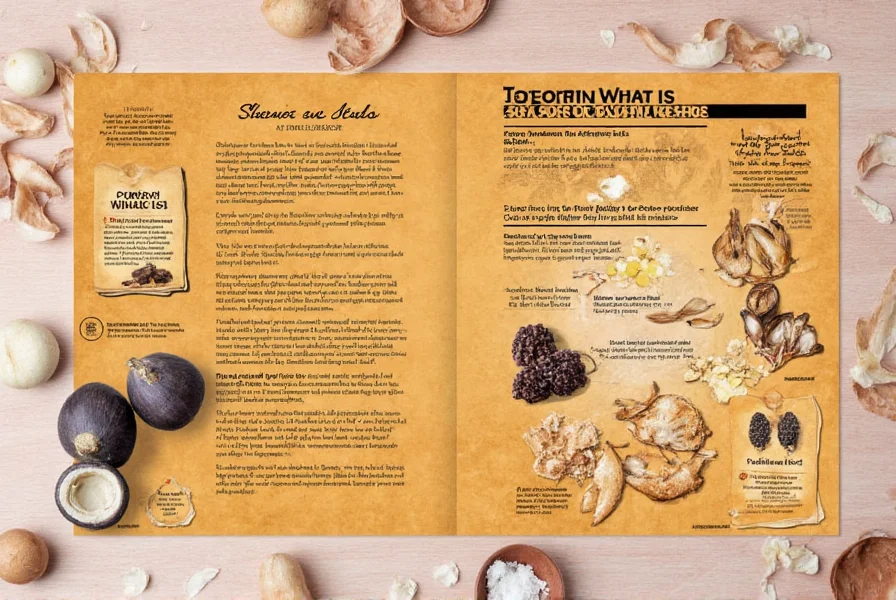
Scientific Classification and Identification
What is porcini exactly from a biological perspective? Porcini belong to the Boletaceae family, with Boletus edulis being the primary edible species. They feature:
- 3-15 inch diameter convex caps that flatten with age
- Thick, solid white to yellowish stems with a distinctive reticulated pattern
- Pore surface (not gills) that starts white and matures to olive-yellow
- Distinctive earthy aroma when fresh
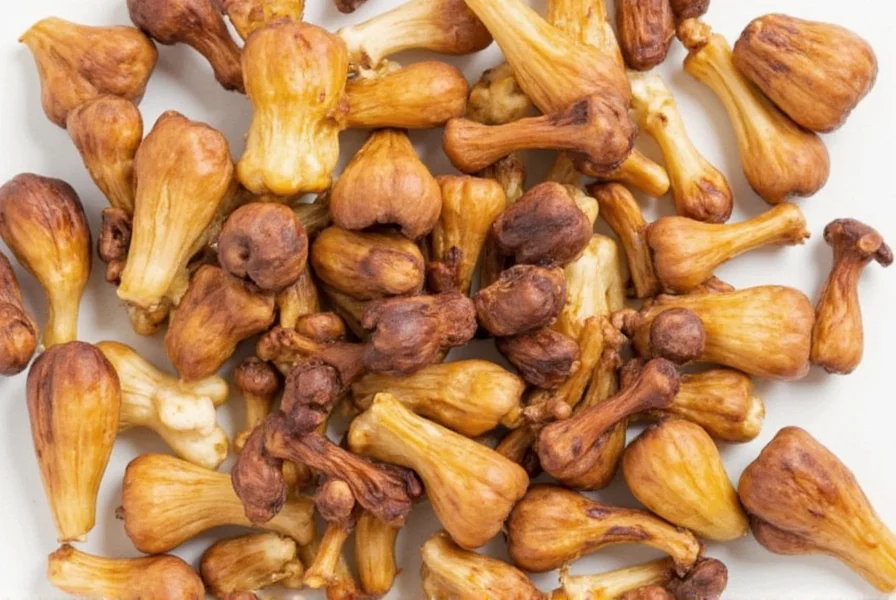
Unlike cultivated button mushrooms, porcini cannot be commercially farmed and must be foraged in the wild, typically near oak, pine, or beech trees during summer and fall months. This natural growth pattern contributes significantly to their premium pricing and seasonal availability.
The Distinctive Flavor Profile of Porcini Mushrooms
What makes porcini special is their unmatched flavor concentration. Scientific analysis reveals porcini contain higher levels of glutamic acid (the compound responsible for umami) than most other mushrooms. When cooked properly:
| Form | Glutamate Content (mg/100g) | Distinct Flavor Characteristics |
|---|---|---|
| Fresh Porcini | 120-180 | Earthy, woodsy, subtle nuttiness |
| Dried Porcini | 520-750 | Concentrated umami, meaty, intense earthiness |
| Button Mushrooms | 80-120 | Mild, slightly metallic |

This scientific difference explains why professional chefs consistently choose porcini for dishes requiring deep flavor foundations. The drying process actually increases glutamate concentration through enzymatic reactions, making dried porcini particularly valuable for stocks and sauces.
Essential Culinary Applications
Understanding what porcini brings to cooking is crucial for proper usage. Unlike common mushrooms that primarily add texture, porcini function as flavor amplifiers:
Dried Porcini as Flavor Base (Most Efficient Usage)
For maximum impact with minimal quantity: soak 15g dried porcini in 250ml warm water for 25 minutes, then strain through cheesecloth. This liquid contains 85% of the mushroom's flavor compounds and can replace standard stock in recipes. The reconstituted mushrooms should be finely chopped and added during the last 5 minutes of cooking to preserve volatile flavor compounds.
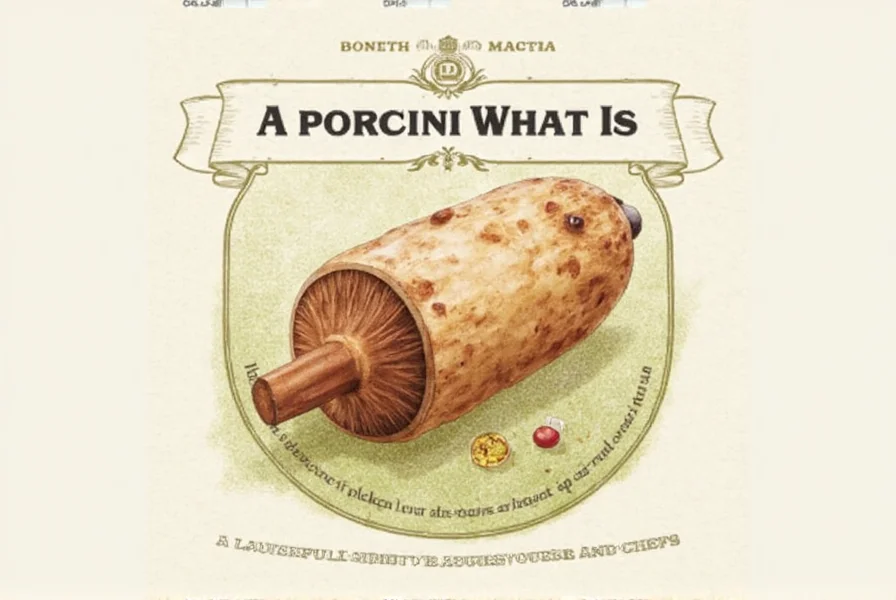
Fresh Porcini Cooking Protocol
When using fresh porcini, follow this chef-recommended method:
- Clean with soft brush (never soak)
- Slice uniformly to 3-5mm thickness
- Dry-sauté over medium heat for 3 minutes
- Add 1 tsp salt to draw out moisture
- Cook until all liquid evaporates (6-8 minutes total)
- Finish with splash of acid (lemon juice or vinegar)
This technique maximizes flavor release while preventing rubbery texture.
Where to Buy Porcini and What to Look For
What is porcini availability like in different forms?
Fresh Porcini Buying Guide
Available seasonally (August-November in Northern Hemisphere), look for:
- Firm caps without dark spots or sliminess
- Intact pore surface (should be white to pale yellow)
- Distinct earthy aroma (avoid musty smells)
- Price range: $25-50 per pound depending on region
Dried Porcini Selection Criteria
For consistent quality, choose products with:
- Whole pieces rather than powder (indicates higher quality)
- Dark brown color with minimal stem fragments
- Packed in oxygen-barrier bags (not simple plastic)
- Reputable sourcing (Italian, Polish, or American for highest quality)
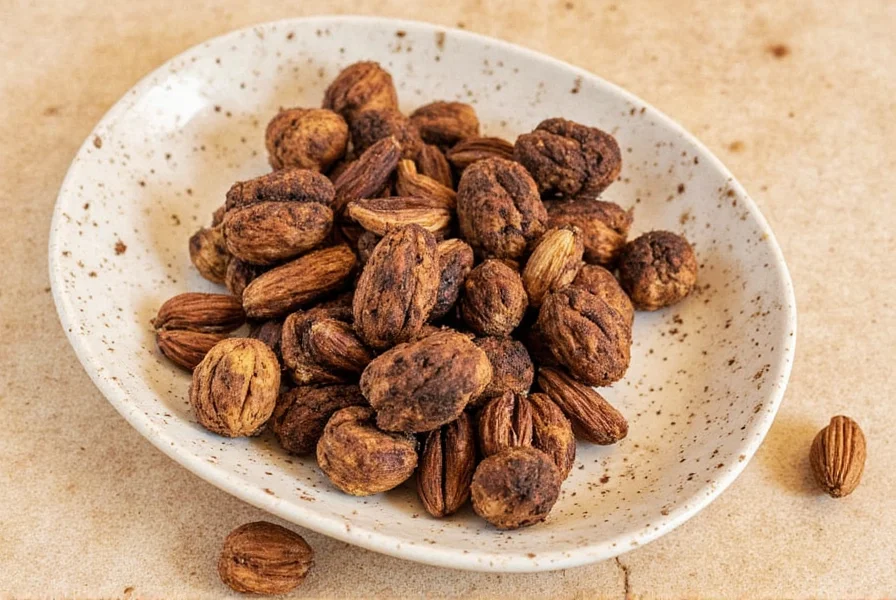
Optimal Storage Methods by Form
Proper storage directly impacts what porcini delivers in your dishes:
Fresh Porcini Preservation
- Store in paper bag (not plastic) in refrigerator crisper
- Maximum freshness: 3 days (quality degrades rapidly)
- Never wash before storage - clean immediately before use
Dried Porcini Longevity Protocol
- Vacuum-seal with oxygen absorber for maximum shelf life
- Stored properly: maintains peak flavor for 18-24 months
- After opening: use within 6 months for optimal flavor
- Sign of degradation: loss of strong aromatic quality
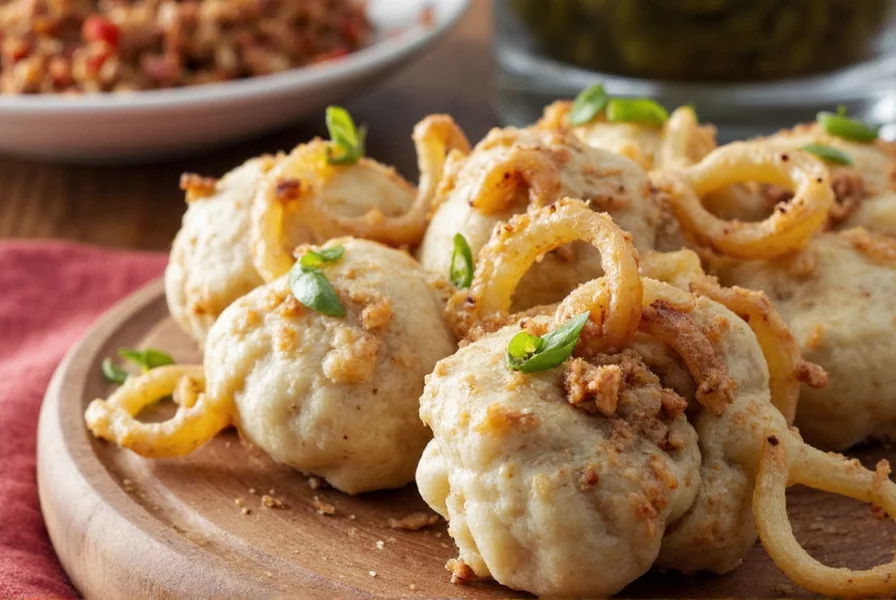
Frequent Missteps and How to Avoid Them
Even experienced cooks make these porcini errors:
Overlooking the Soaking Liquid
The liquid from rehydrating dried porcini contains 70% of the flavor compounds. Always strain through coffee filter to remove grit, then use as base for sauces or risotto. Discarding this liquid wastes 2/3 of your investment.
Misjudging Dried to Fresh Conversion
Proper ratio: 1:6 by weight (1g dried = 6g fresh). Using volume measurements leads to inconsistent results. Always weigh dried porcini for recipe accuracy.
Improper Cleaning Technique
Waterlogged porcini cannot properly brown. Clean with damp cloth or soft brush only - never submerge in water. If absolutely necessary to rinse, dry completely on towel for 15 minutes before cooking.
Technical Questions Answered
What is porcini's scientific name and why does it matter?
Boletus edulis is the primary species referred to as porcini. This precise identification matters because some bolete species (like Boletus satanas) are toxic. True porcini have white pores when young that mature to yellow-olive, while toxic varieties often have red or orange pores. The scientific name ensures you're working with the correct, safe species.
How does porcini compare to other mushrooms nutritionally?
Nutritionally per 100g dried weight: porcini contain 345 calories, 22g protein, 55g carbohydrates, and significant selenium (200% DV), potassium (1,100mg), and B vitamins. They outperform button mushrooms in protein content (22g vs 14g) and selenium levels (critical for antioxidant function). The drying process concentrates these nutrients while enhancing umami compounds.
Why can't porcini be cultivated commercially?
Porcini form obligate mycorrhizal relationships with tree roots, meaning they require specific symbiotic connections to survive. Attempts at cultivation have failed because the complex soil microbiome and tree interactions cannot be replicated at commercial scale. This biological limitation is why all porcini are wild-harvested, contributing to their premium cost and seasonal availability.
What's the precise flavor chemistry behind porcini's umami?
Porcini contain three key umami compounds: glutamic acid (primary), guanylate (5'-GMP), and aspartic acid. When dried, enzymatic breakdown increases free glutamates by 400%. The specific ratio of these compounds creates porcini's signature deep, meaty flavor that's more complex than monosodium glutamate alone can replicate. This chemical profile makes them superior for building flavor foundations in dishes.
How should I properly reconstitute dried porcini for maximum flavor?
For optimal extraction: use 15g dried porcini per 250ml water at precisely 65°C (149°F). Steep for 25 minutes covered. Strain through coffee filter to remove grit. Reserve both liquid and mushrooms. The temperature is critical - too hot degrades volatile compounds, too cool extracts insufficiently. This method yields 90% flavor compound extraction versus 65% with boiling water.
Practical Implementation Summary
Understanding what porcini is extends beyond simple definition to practical culinary application. These mushrooms deliver unparalleled flavor depth through their unique biochemical composition, but require specific handling to maximize their potential. The key takeaways:
- Porcini (Boletus edulis) are wild-harvested mycorrhizal fungi with distinctive pore structure
- Their exceptional umami comes from high glutamate and guanylate concentrations
- Dried porcini actually contain 4x more flavor compounds than fresh
- Proper rehydration at 65°C extracts 90% of available flavor compounds
- The soaking liquid contains 70% of the total flavor impact
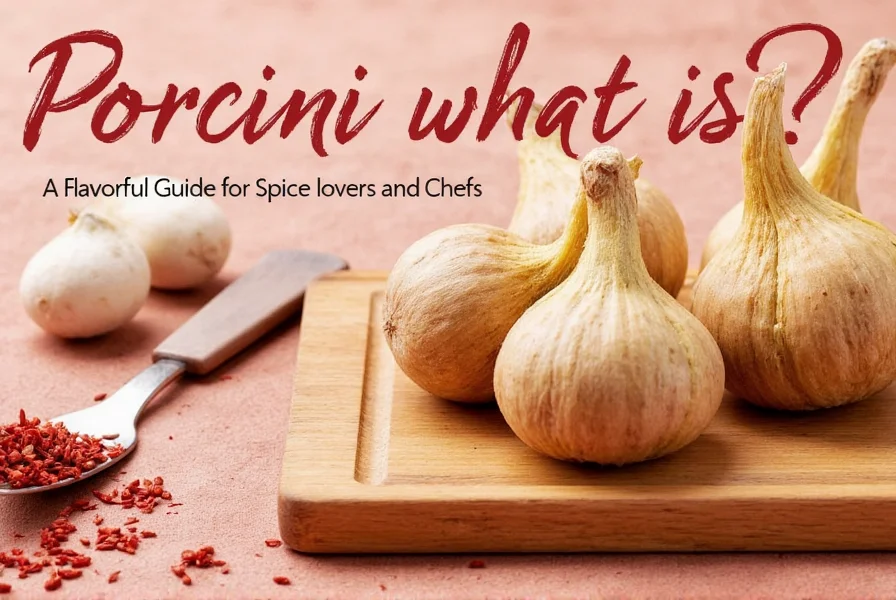
By treating porcini as the flavor foundation rather than just an ingredient, you can transform simple dishes into restaurant-quality creations. Remember that 5g of properly used dried porcini can flavor an entire quart of sauce - their impact far exceeds their quantity. This understanding of what porcini truly is (a concentrated flavor vehicle) separates amateur usage from professional results.

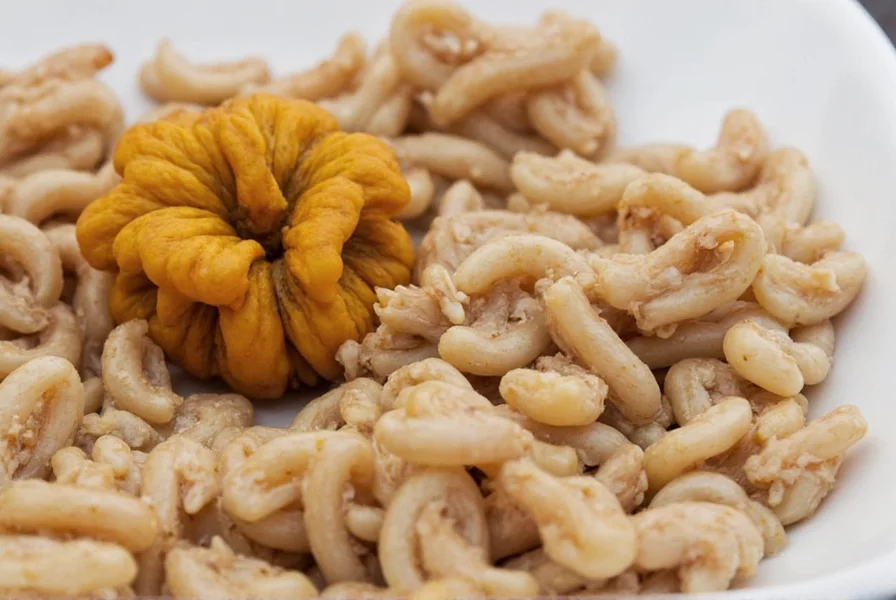









 浙公网安备
33010002000092号
浙公网安备
33010002000092号 浙B2-20120091-4
浙B2-20120091-4